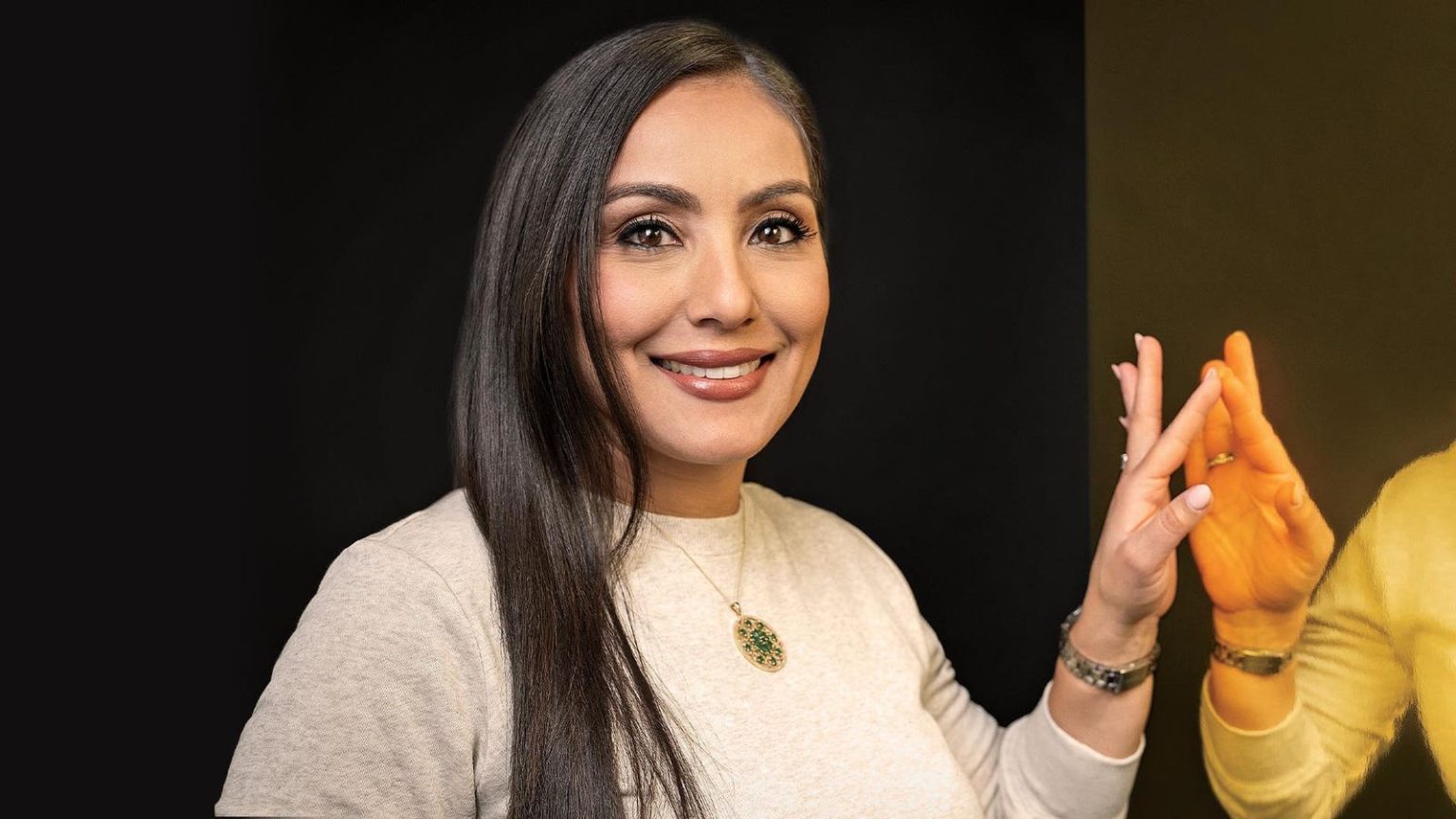Delving into the Depths of Gold Mining: A Risky Bet with Imaru Casanova
Imaru Casanova, a Venezuelan immigrant who embarked on an unlikely journey from mechanical engineering to managing a $700 million gold fund, finds herself at the heart of a high-stakes gamble – investing in gold mining companies. Her career trajectory, which began with a scholarship to the Colorado School of Mines, has led her to the helm of the Van Eck International Investors Gold Fund. This fund’s portfolio includes companies like Pan American Silver, which operates gold mines, including one nestled deep within the Brazilian forest. These mines represent a significant wager on the future price of gold, containing an estimated 100 to 280 tons of the precious metal, a potential fortune ranging from $8.6 billion to $22 billion at current market prices. However, extracting this wealth from the earth presents substantial challenges and inherent risks.
While Casanova’s fund has outperformed the average precious metals fund over the past decade, its returns haven’t matched the broader stock market. The rationale for investing in gold lies in its historical role as a hedge against inflation, a role that has come to the forefront in recent times with rising consumer prices. Gold’s performance in 2024, boasting a 27% increase, underscores this appeal. However, gold’s position as an inflation hedge is increasingly challenged by digital alternatives like Bitcoin, which boasts a fixed supply. Gold, while not facing a defined supply limit, is becoming increasingly difficult to mine, as readily accessible deposits dwindle and regulatory hurdles for new mining operations mount. This scarcity adds another layer of complexity to the gold market dynamics.
Casanova’s fund distinguishes itself by actively managing a portfolio of gold mining companies, rather than simply holding physical gold bars. This strategy hinges on a two-pronged argument. Firstly, mining companies can generate profits and distribute dividends even without a surge in gold prices. Their current valuations, averaging 11 times earnings, present an attractive proposition compared to the broader stock market’s price-to-earnings ratio of 21. This suggests that mining stocks might be undervalued, offering potential for growth. Secondly, mining operations provide leverage to gold price movements. For instance, if Pan American Silver spends $1,516 to extract an ounce of gold currently worth roughly double that amount, a 50% rise in gold prices would more than double their profit. However, this leverage is a double-edged sword, magnifying losses equally in a declining gold market. This leveraged nature amplifies the inherent volatility of gold prices, making mining stocks a riskier bet than simply holding gold itself.
Casanova’s journey to this position has been unconventional. With a background in mechanical engineering, she honed her skills in the oil and gas industry, working on offshore drilling rigs and analyzing industry trends. This experience provided her with a unique perspective on resource valuation, a skillset readily transferable to the gold mining sector. Her expertise in assessing reserves, extraction costs, and operational efficiency proved invaluable in navigating the complexities of the gold market. This non-traditional path, marked by a transition from “black gold” to the yellow metal, ultimately landed her at Van Eck, where she assumed the role of portfolio manager in 2023.
However, the gold mining industry is fraught with perils, both above and below ground. Beyond the price volatility of gold itself, Casanova faces the challenges of navigating remote and sometimes dangerous mining locations, grappling with political instability in resource-rich countries, and addressing the environmental impact of mining operations. From harrowing helicopter rides in Burkina Faso to the inherent risks of underground mines equipped with escape masks and refuge chambers, Casanova’s pursuit of gold takes her to the frontiers of the extractive industry. These on-site visits provide valuable firsthand insights into the operational realities of the mines, including ore quality trends and the escalating costs associated with labor and environmental regulations. The environmental concerns are significant, with cyanide often used in the gold extraction process, posing a potential threat to surrounding ecosystems.
The most significant risk, however, often stems from political instability. Casanova has witnessed firsthand the devastating consequences of government intervention in the Venezuelan oil industry, which resulted in a dramatic decline in production. Similar political risks loom large in the gold mining sector. Instances of governments changing the terms of agreements with mining companies, even resorting to imprisonment of executives, highlight the vulnerability of these operations to political whims. This precarious landscape forces Casanova to carefully weigh her investments, favouring companies operating in more politically stable regions, such as Canada, over those in more volatile jurisdictions. Even in seemingly stable regions like North America, the risk of regulatory changes, such as the revocation of the Keystone pipeline permit, underscores the inherent vulnerability of resource extraction projects to political interference.
Investing in gold, whether through physical bullion or mining stocks, carries inherent risks. Gold prices are volatile, subject to market fluctuations and macroeconomic forces. Mining companies face operational challenges, environmental regulations, and the ever-present threat of political instability. Casanova’s journey into the depths of the gold mining industry exemplifies this high-stakes game, where potential rewards are coupled with significant risks. Even amidst these uncertainties, the allure of gold as a hedge against inflation and a store of value continues to attract investors like Casanova, willing to navigate the complex and often perilous landscape of the gold mining world.


